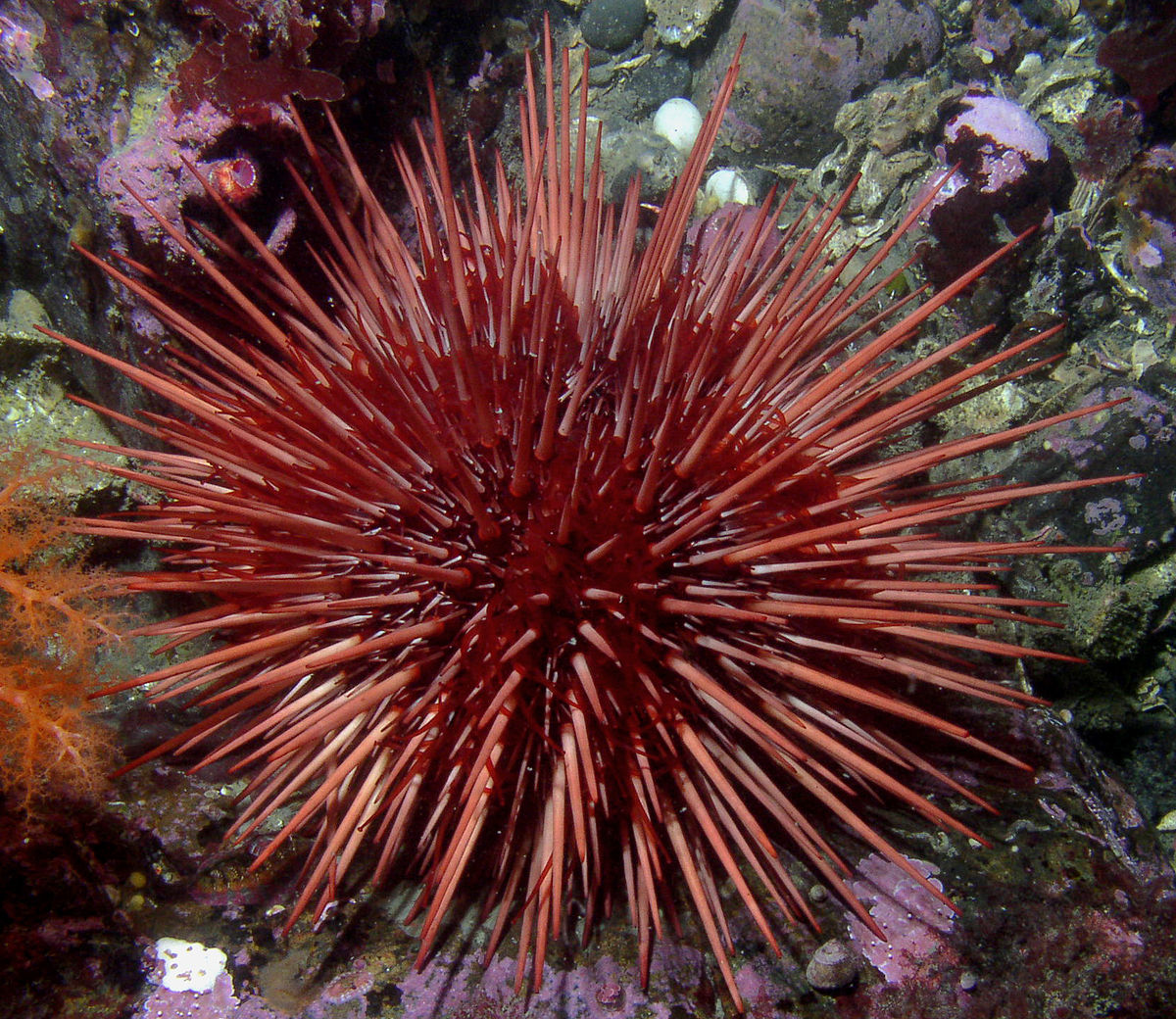The outlook remains bleak for the California dive industry and its efforts to remove purple urchins and rejuvenate bull kelp beds — prime habitat for the more marketable red urchins.
Divers in 2018 received $130,000 in grant funding to remove and destroy purple urchins in hopes that kelp beds in plotted areas would respond and provide increased habitat for red urchins and abalone.
Since then, the state has stepped in to pledge $500,000 for purple urchin removal in the Mendocino area and another $600,000 for statewide efforts, according to Josh Russo, president of the Watermen’s Alliance, in Suisun City.
“And the understanding is that this will be a continued stream of funding,” he says.
The commercial divers must harvest the purps from their beds. They are then trucked to grinding facilities for disposal, while recreational divers are allowed to crush the purps without removing them. The additional provisions to allow “purp smashing” in their beds represents an all-out effort to save dwindling red urchin and abalone populations.
The abalone seasons have been shut down in California since 2018 and haven’t been scheduled to reopen until 2021 — and that’s contingent on noticeable recovery of the population. Likewise, the spread of purple urchins into Oregon has forced the industry to put a three-year hold on abalone fishing there.
The population explosion of the purps, meanwhile, began back in 2013 when warmer ocean temperatures became prevalent along the West Coast. In 2014, the warm-water blob accelerated the decimation of bull kelp beds, a key source of food for red urchins and abalone. At the same time, the absence of the kelp and disease led to sharp declines in sea stars, a key predator of purple urchins.
The West Coast harvest of red urchins for 2013 — the year before ocean temperatures began rising — added up to 21.79 million pounds, according to data from PacFIN. By 2019, production had declined to 4.94 million pounds. For 2020, the harvest stood at 4.94 million pounds. Meanwhile, the ex-vessel averages for those respective years have climbed from 71 cents per pound in 2013 to $1.98 in 2019 and $2.35 per pound in 2020.







